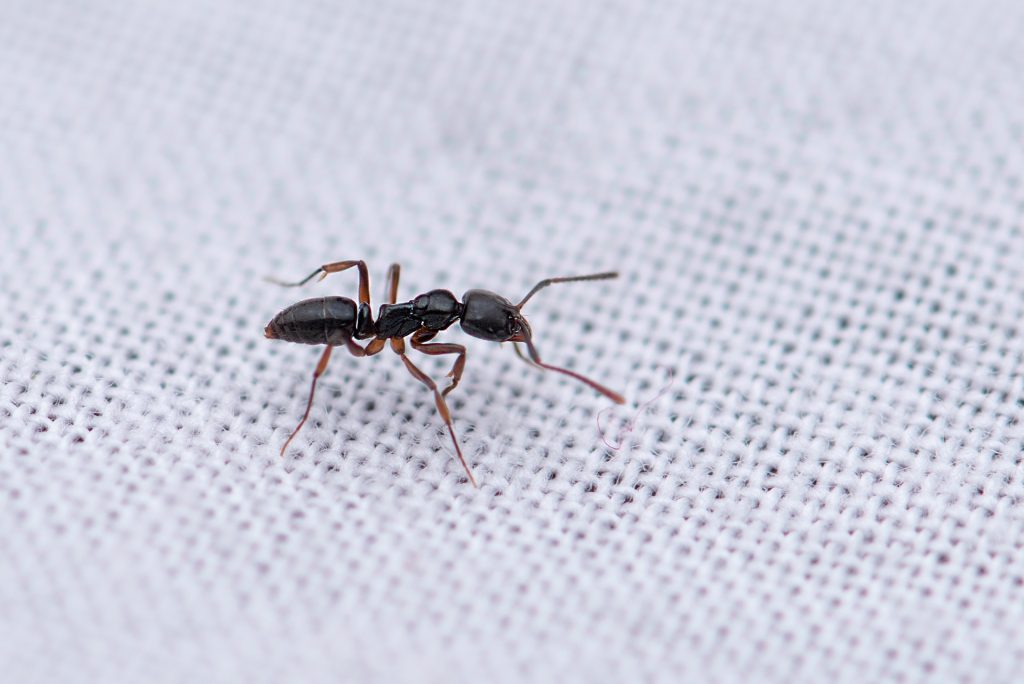Discover effective strategies to detect and eradicate ant nests in your home.
Others are reading now
As spring arrives, so does the challenge of dealing with ant infestations both inside homes and in outdoor spaces. Knowing where and how ants enter your living space and locating their nests is crucial to effectively eliminating them.
Ants are drawn to the warmth and humidity of indoor environments, often setting up residence inside walls that retain heat from your home’s interior. This proximity gives them easy access to food, water, and shelter, especially if there are any leaks present. Entry points for these pests typically include small cracks and gaps in both interior and exterior walls, as well as areas where walls meet.
Common Sites for Ant Nests and How to Spot Them
Ants can establish colonies in various places, including gaps near walls, in brickwork, bathrooms, wooden structures, and external walls. Signs of infestation include structural dust, hollow wooden surfaces, or visible ant trails.
-
Brick Walls: Ant infestation is a common problem inside brick walls. Ants make their hearths in the gaps and holes between the bricks. If you notice traces of ants on a brick wall, take preventive measures before they create their colonies. The best course of action is to seal all possible cracks in your wall.
Also read
-
Bathroom Walls: Ants prefer to live near hot and humid environments, such as in toilets, near leaking showers, inside cracks near water pipes, under sinks or under bathtubs. This is the best place for ants to establish their colonies. If you see traces of ants in your toilet, you should first fix any pipes that have even the slightest leak, seal cracks in the walls, and keep your toilet dry and clean to prevent further ant colonization.
-
External Walls: Ants can enter your home through open access points or through external walls. Vines, trees and climbing plants near exterior walls also act as a bridge for ants and help them enter residential buildings.
Detecting Ant Presence
Visible ant paths are a clear indicator of an infestation. Ants need to exit their nests to forage for food and water, often leading to sightings around and within walls. Additionally, accidental wall disturbances can cause ants to emerge from hiding. Other signs include hollow-sounding areas upon tapping and the discovery of material dust or wood piles near nest sites.
Solutions for Ant Removal
Once an ant infestation is confirmed, several steps can be taken to address the problem:
-
Maintain Cleanliness: Before you do anything else, consider cleaning anything that might attract other ants. Cleaning countertops and all surfaces of food and crumbs can deprive them of the fuel they need to flourish. Vacuum on each surface and use a disinfectant solution to eliminate traces of the smell that will bring others.
-
Locate and Access the Colony: If you are experiencing more persistent ant infestations inside walls, to solve the problem you will need to find the nest and access it. This technique is best intended for a professional in ant disinfestations if you are not familiar with ants and their habits.
-
Use Insecticides: The use of insecticides is an established solution to eliminate ant populations inside walls. However, the appropriate choice of preparation depending on the type of ant and the extent of the infestation is something that requires a certain knowledge. Pesticides can be found in liquid, powder and bait gel form.
-
Seal Entry Points: After addressing the infestation, sealing off entry points is crucial to prevent future invasions. Inspect and fill any cracks, and repair leaks to eliminate moisture sources.


